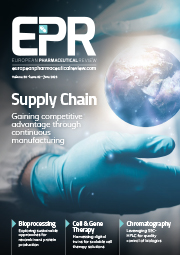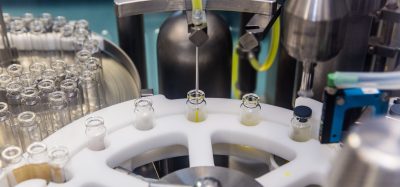Expert View: Advancing bacterial endotoxin testing with recombinant Factor C
Posted: 7 May 2019 | Karolina Heed - Global Solution Manager Endotoxins at bioMérieux | 1 comment
Emerging recombinant Factor C (rFC) methods have many advantages to offer pharmaceutical quality control, including improved specificity, robustness, efficiency and alignment with 3R principles. First, global manufacturers have validated rFC and pharmacopoeias worldwide are on the move. Here, Karolina Heed provides an industry and regulatory update.
Why is there a need for alternatives to the Limulus-based reagents, and what are they?
For decades, the bacterial endotoxin test has relied on the blood cells of horseshoe crabs, which are currently assessed as vulnerable in North America and endangered in Asia by the IUCN Red List of Threatened Species. The Limulus amebocyte lysate (LAL) test is one of the few remaining tests still dependent on an animal source. Now it is, both ethically and practically, increasingly difficult to meet present and growing demand for reagents. That is where recombinant DNA technology comes into the picture; it has been well established for safe, affordable and sufficient production of synthetic reagents to replace animal sources. The molecular mechanism of the natural LAL reaction was first described in the 1980s. Central to this mechanism is the zymogen Factor C that functions as a natural biosensor responding to endotoxin. This essential role of Factor C was the reason that Ding et al. chose to express rFC as an alternative to LAL. Since then, further efficient and controlled rFC production processes have been established.
The rest of this content is restricted - login or subscribe free to access


Why subscribe? Join our growing community of thousands of industry professionals and gain access to:
- bi-monthly issues in print and/or digital format
- case studies, whitepapers, webinars and industry-leading content
- breaking news and features
- our extensive online archive of thousands of articles and years of past issues
- ...And it's all free!
Click here to Subscribe today Login here
Issue
Related topics
Analytical techniques, Assays, Biopharmaceuticals, Drug Manufacturing, Endotoxin, Endotoxin Detection, Ingredients, Regulation & Legislation, Technology










A critical point not widely addressed in this discussion is that the manufacturing and quality control of BET reagents based on naturally sourced lysate fall under the jurisdiction of the USFDA, with reagents licensed and manufactured under GMP. Alternatively, BET reagents based on recombinant precursors are specifically excluded from USFDA oversight. Recombinant based BET reagents fall through the regulatory cracks and have no required oversight body, and there are no posted manufacturing or performance standards for recombinant reagents. The comparability studies of recombinant reagents performed so far are done with reagents from well-established manufacturers where quality may be assumed, though not required. In the future with no regulatory barrier and no specific quality standards for manufacturing, other non-BET manufacturers of recombinant reagents may enter the BET market where their quality standards for those products cannot and possibly should not be trusted. Relying on recombinant reagents for endotoxin testing in absence of any manufacturing standards and performance controls presents a preventable risk to the public health.